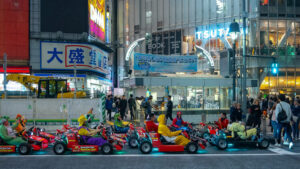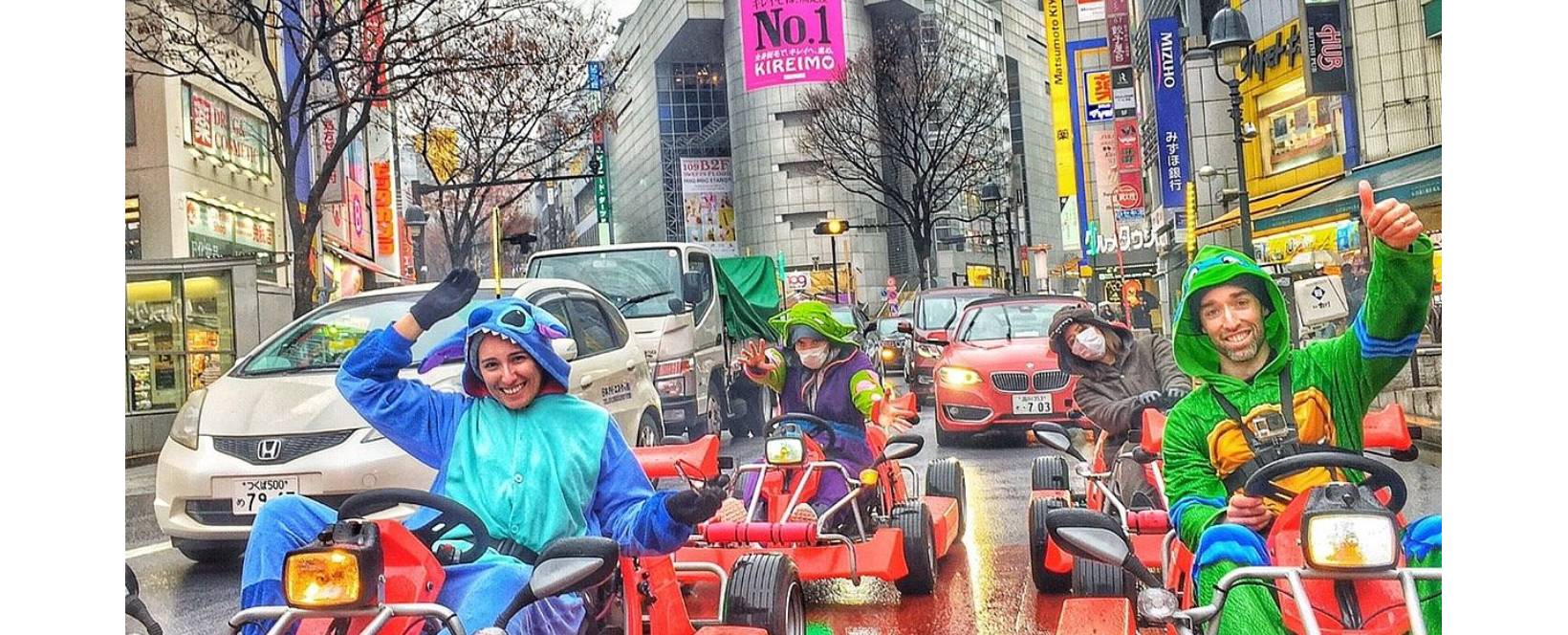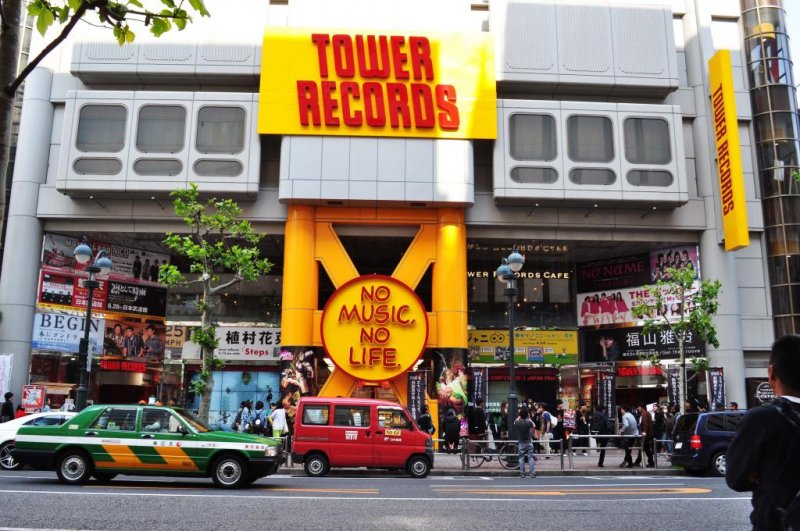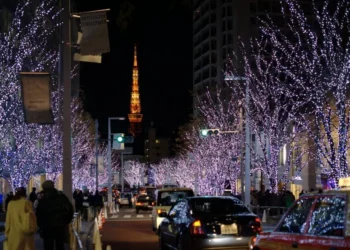No products in the cart.
Tokyo’s Street Go-Karting Phenomenon with Horrid Reactions
Introduction
In recent times, the streets of Tokyo’s Asakusa district have witnessed a unique spectacle, street go-karting. A single file near the iconic Kaminarimon gate. This vibrant scene has become a familiar sight for many visitors to the Japanese capital, offering an exciting and unconventional way to experience the city’s vibrant culture and streets. The presence of these go-karting tourists adds a dynamic energy to the atmosphere, drawing curious glances from both locals and fellow travelers alike. As the popularity of street go-karting continues to soar, it has become an integral part of Tokyo’s tourism landscape, showcasing the city’s unique blend of tradition and modernity to the world.
The Rise of Street Go-Karting in Tokyo
Street go-karting has become a popular activity for tourists visiting Tokyo. These colorful, small go-karts, which evoke the fun of Mario Kart video games, offer an exhilarating way for visitors to explore the city’s landmarks from a unique perspective. As travel restrictions have eased and more tourists have flocked to Japan, the number of go-karts on Tokyo’s streets has significantly increased. The appeal of street go-karting comes from its interactive and immersive experience, allowing participants to feel like they’re part of a real-life video game as they navigate through Tokyo’s lively streets. Passing by iconic sights such as the Tokyo Skytree and Senso-ji Temple adds an extra layer of thrill and discovery to their journey. The rising popularity of this activity underscores the growing interest in unconventional and memorable travel experiences beyond traditional sightseeing.
A Double-Edged Experience
While street go-karting provides an exciting experience for tourists, it has also raised concerns among local residents and authorities. In the past year, Tokyo’s Metropolitan Police Department has fielded over 100 complaints about traffic violations and noise issues linked to these go-karts. With the increasing popularity of go-karting tours, city officials face the challenge of balancing tourism promotion with public safety. The rise in go-kart activity has sparked worries about its effects on traffic congestion and pedestrian safety, especially in crowded areas like Asakusa. Residents have voiced their frustration over the noise, particularly in quieter, residential neighborhoods. There are also concerns about the behavior of some go-kart participants, underscoring the need for stricter regulations and better enforcement. As Tokyo continues to attract global tourists, finding effective and sustainable ways to manage the growing trend of street go-karting remains a key concern for local authorities.

The Evolution of Go-Kart Tourism
The concept of street go-karting for tourists gained momentum in Japan around 2012, marking the beginning of a new era in sightseeing experiences. Catering primarily to foreign visitors, go-kart operators have capitalized on the novelty and excitement of exploring Tokyo’s narrow streets from behind the wheel of a go-kart. Tourists from the United States and Europe, in particular, have embraced this unique activity, drawn to its adventurous spirit and Instagram-worthy moments. Since its inception, street go-karting has evolved from a niche activity to a mainstream attraction, with countless tourists eager to partake in the exhilarating adventure it offers. As go-kart operators continue to innovate and expand their offerings, the popularity of this activity shows no signs of waning. For many visitors, the opportunity to dress up in costumes and race through the streets of Tokyo represents the epitome of a memorable and thrilling experience. As Japan embraces its role as a top destination for global travelers, street go-karting stands out as a prime example of the country’s ability to blend tradition with modernity, creating unforgettable moments for all who participate.
Navigating Challenges and Opportunities
As Tokyo’s go-karting tourism industry grows, operators must tackle the concerns of local residents and authorities. To balance the needs of both tourists and locals, it’s crucial to address issues related to traffic violations and noise disturbances. Implementing measures such as guided tours with trained instructors and stricter enforcement of traffic laws can help enhance the go-karting experience. By taking proactive steps and engaging with the community, street go-karting can maintain its appeal as a distinctive and fun activity for visitors while building good relations with local residents.
Looking Ahead: The Future of Street Go-Karting
Despite the challenges, the future of street go-karting in Tokyo appears promising. With proper regulation and oversight, this unique form of tourism has the potential to thrive while minimizing its impact on the local community. As the city continues to welcome visitors from around the world, street go-karting will likely remain a popular and iconic activity, offering travelers a memorable and exhilarating way to explore the vibrant streets of Tokyo. As operators and authorities work together to address concerns and ensure safety, street go-karting can continue to contribute positively to Tokyo’s tourism landscape, creating lasting memories for visitors and residents alike.










